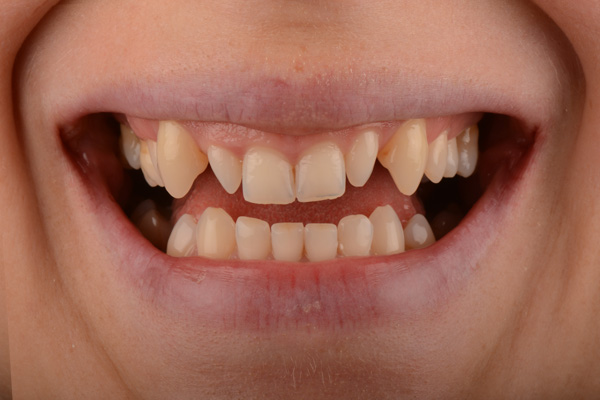The fixed prosthesis enables us to restore lost tooth structure due to different types of phenomena
Among these we have: caries in an advanced state, wear, acid erosion, grinding, fracture and abrasion phenomena of various kinds.
Today, thanks to increased patient awareness towards prevention and oral hygiene, the phenomena of destructive caries are increasingly rare under observation.
On the other hand, the phenomena of impaired tooth structure related to eating habits, gastric reflux and phenomena of clenching and grinding are becoming more frequent.
The most significant aspect of modern prosthetic therapy is undoubtedly the minimally invasive nature of the treatment.
In the past, for the prosthetic treatment of a tooth it was a necessity to abundantly file it and often to perform an endodontic treatment with inevitably the loss of tooth vitality. Today, things have changed dramatically in the sense that, thanks to new materials and new restorative techniques, the reduction of tooth structure necessary to finalize the prosthetic treatment is much lower than what was required in the past preserving teeth vitality.
This translates into a better biological, aesthetic and functional integration of the restoration and at the same time guarantees a superior longevity of the prosthetic treatment.

























